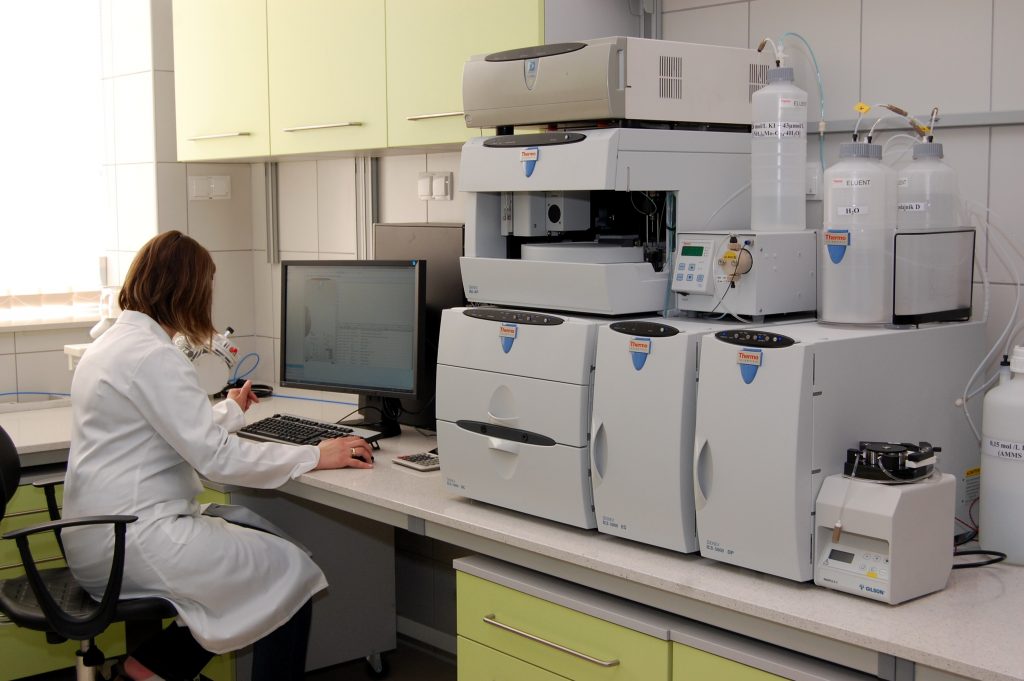Availing For The Essentials of High Performance Liquid Chromatography Testing
Chromatography is the collective term for a set of techniques used to separate mixtures. These techniques include gas chromatography, thin layer chromatography, Size exclusion Chromatography, and higher performance liquid chromatography. Chromatography involves passing a Mixture dissolved in a mobile phase via a stationary phase. The mobile phase is generally a liquid or a gas that transfers the mixture to be separated via a column or horizontal sheet that has a solid stationary phase. Liquid chromatography LC is a separation technique in which the mobile phase is a liquid. It can be carried out in either a column or a plane. LC is particularly helpful for the separation of electrons or ions that are dissolved in a solvent.

Simple liquid chromatography Includes a column using a fritted bottom that holds a static phase in equilibrium with a solvent. Commonly used stationary phases include solids, ionic groups on a resin, liquids on an inert solid support and porous inert particles. The mixture to be separated is loaded on the surface of the column followed by more solvent. The various components in the mixture pass through the column at different rates due to the variations from the partitioning behaviour between the mobile liquid and stationary phases. Liquid chromatography is more Widely used than other methods like gas chromatography since the samples analysed don’t have to be vaporised. Additionally, the variations in temperature have a slight impact in liquid chromatography, unlike in other kinds of chromatography.
Present day liquid chromatography That normally utilises tiny packing particles and a rather higher pressure is called hplc testing. It is basically an extremely improved form of column chromatography frequently used by biochemists to different amino acids and proteins because of their different behaviour in solvents regarding the amount of electronic charge of everyone. Instead, being allowed to trickle Through a column under gravity, the solvent is forced through under high pressures up to 400 atmospheres, which makes the process much quicker. Since smaller particles are used, with their dimensions being determined by a particle size analyser, there is greater surface area for connections between the stationary phase and the molecules flowing past it. This then allows for much greater separation of these components in the mix. There are many advantages of HPLC. For one, it is an automated process which only requires a couple minutes to produce effects.